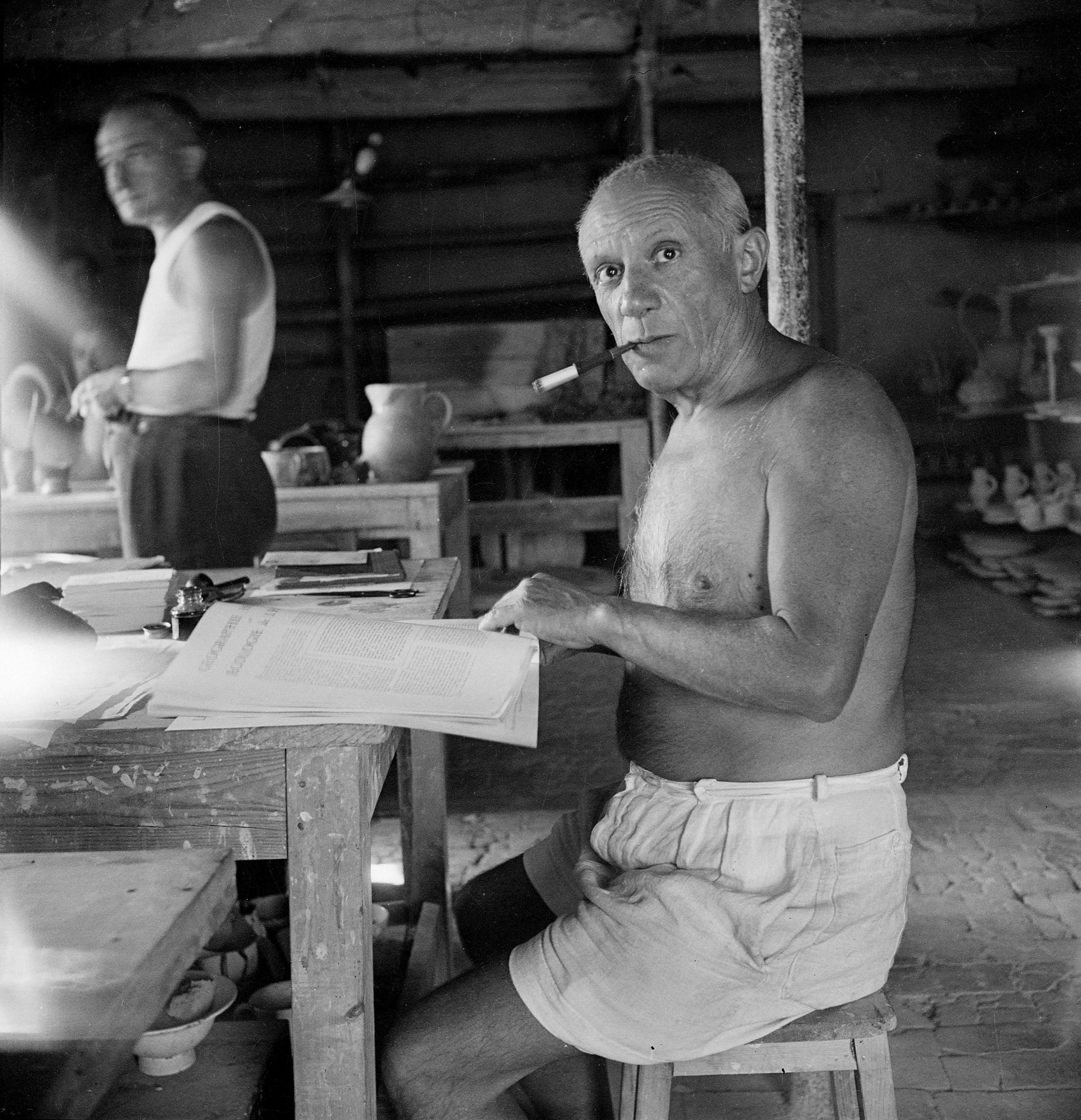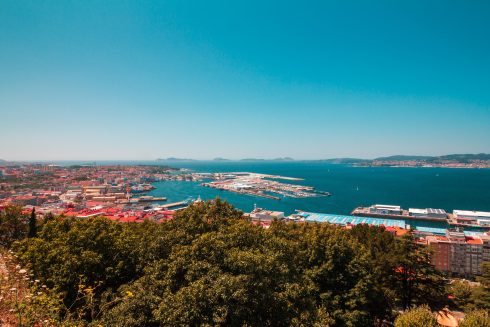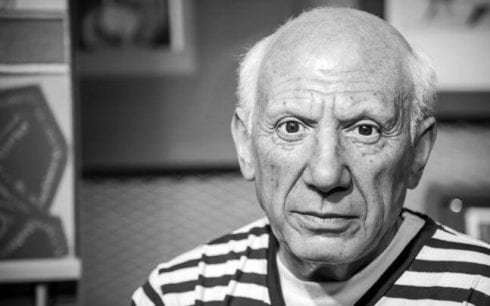TODAY (April 8) is the 50th anniversary of the death of Pablo Picassoand it is true to say that his legendary status remains undimmed.
The Malaga-born artist came to define 20th century art, and unlike many of his predecessors, he attained superstar status in life.
Born in Malaga in 1881, the Picasso family moved to A Coruña in Galicia when his father, Don Jose Ruiz y Blasco, took up a position as a professor at the School of Fine Arts.
This was where Picasso first received formal training in the arts before he headed as a young man to Barcelona, which was perhaps the most influential city as he developed his unique style.
Today, his legacy and impact on the contemporary art scene can be found in galleries across the world.
While he spent most of his adult life in France it is to Spain that one should look to understand the man and his work.
And there is much to learn by following in the childhood footsteps of Picasso across the country.
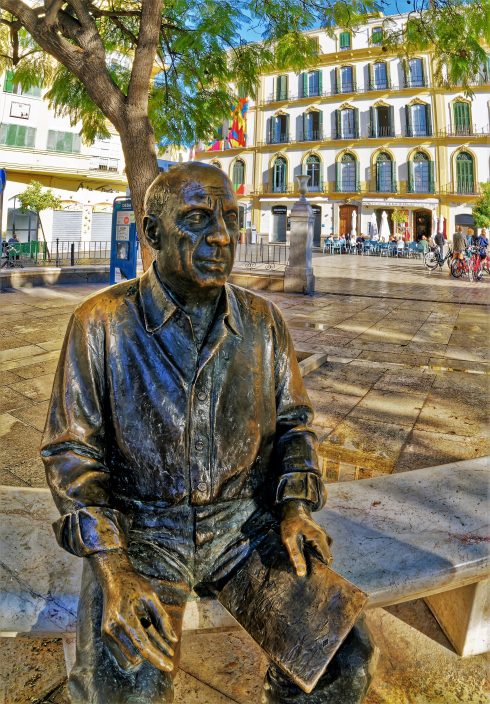
Malaga
It is only apt that the start of the trail should be in his birth city of Malaga.
The house where he was born – now the Picasso Birthplace Museum (Casa Natal Picasso) – was declared an official heritage site in 1983. It is found in the heart of the city in the historic Plaza de la Merced and has a selection of the artist’s prints and ceramics, as well as a collection of Picasso’s home and personal life.
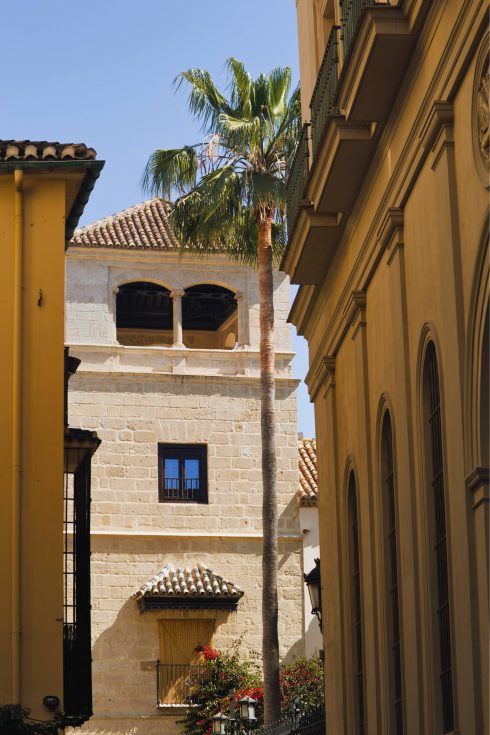
A short walk through the winding city streets will bring you to the Museo Picasso Malaga. It opened in 2003 in the Buenavista Palace, and has 285 works donated by members of Picasso’s family.
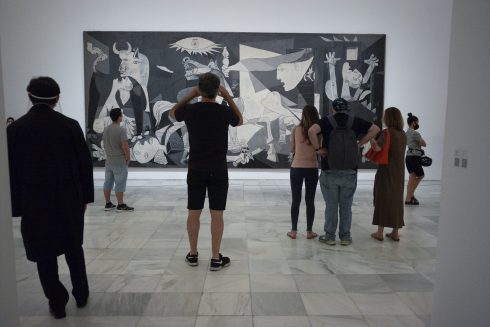
Madrid
While the logical next stop on the trail would be Galicia, where Picasso moved next, the 10-hour drive can be broken by stopping off in Madrid
The city is home to some of Spain’s greatest galleries, with a collection of Picasso’s most iconic paintings among them.
Probably his most celebrated picture – artistically and culturally – is La Guernica, which is housed at the Museo Nacional Centro de Arte Reina Sofia.
Prints do not do the work justice. To truly appreciate the massive artwork – it measures approximately 11 ft (3.5 metres) tall and 24 ft (7.8 metres) wide – it must be seen in person.
A visit to the Prado Museum is also a must. Picasso himself first visited in 1895 and he was highly influenced by the works of Diego Valazquez and El Greco. Art by Picasso is included in the permanent collection as well as regular temporary exhibits.
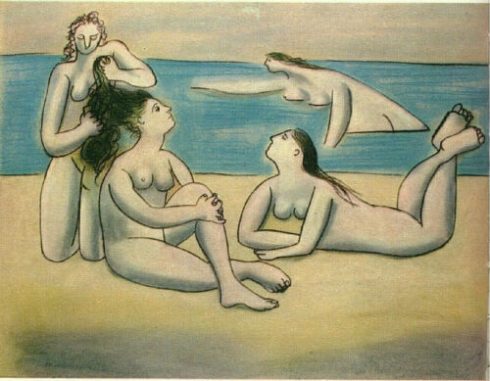
Galicia
To get a taste of Picasso’s childhood influences it is time to get back in the car and head for A Coruña.
The northwestern coast of Spain was highly important to the young Picasso.
The azure tones of sea and sky featured in his works throughout his life. And it was on Riazor Beach that he is said to have first discovered feminine nudity, when sketching near bathing huts.
The next step for Picasso was Barcelona, where he entered adulthood – but that is a story for another day.
READ MORE:
- Russian Museum in Spain’s Malaga reopens its doors with 350 works by Picasso
- Stepping inside Picasso’s childhood home in Malaga on Spain’s Costa del Sol
- Picasso’s Guernica revisited: The Malagueno artist’s perplexing masterpiece
- Celebrating Pablo: Year of events to mark the 50th anniversary of Picasso’s death launched in Madrid

